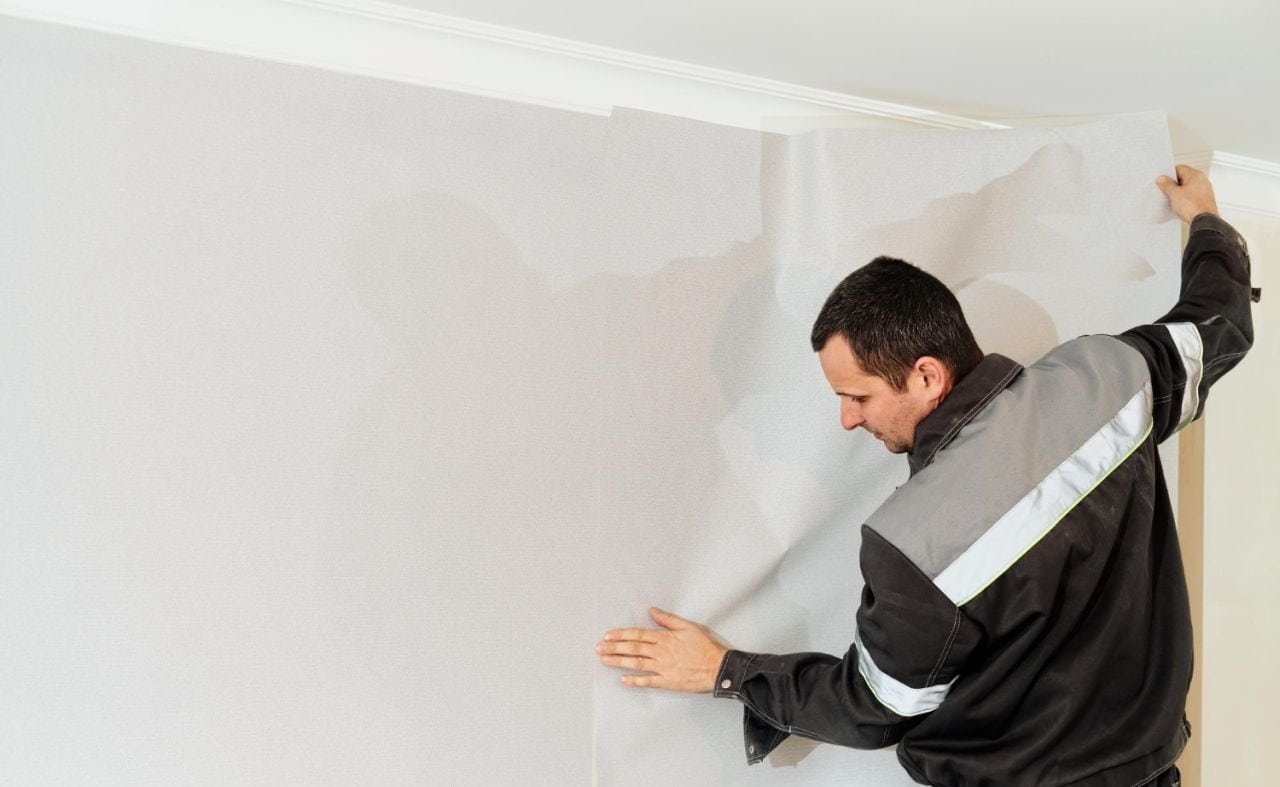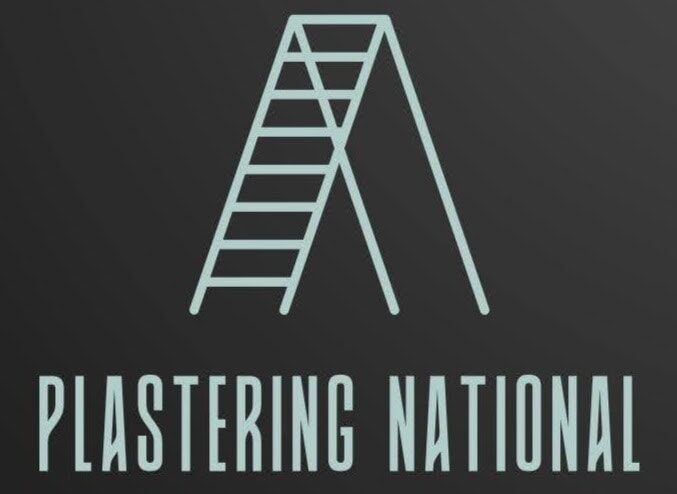Soundproofing is essential for creating a peaceful home or workspace, whether trying to block out the outside world’s noise or creating a quiet recording studio. Plastering is a traditional and effective method of soundproofing that has stood the test of time.
This guide covers everything you need to know about using plaster for soundproofing—from preparation to application—and common pitfalls to avoid.
Let’s get straight to the point.
Plastering is an effective method for soundproofing walls by adding mass and reducing noise transmission. Techniques like double layering, soundproof plaster, and acoustic sealant help enhance sound absorption.
Using materials like mass-loaded vinyl (MLV) before plastering or installing resilient channels can further reduce sound vibrations. Proper preparation, including sealing gaps and applying primers, ensures effective adhesion and durability.
Combining plastering with other methods like wall insulation, acoustic panels, and double glazing maximises noise reduction. A tailored approach using multiple techniques can create a quieter, more comfortable living or working space with minimal sound disturbances.
What Is Soundproofing?

Soundproofing is the process of reducing noise transmission between rooms by using various materials and techniques. Sound waves travel through air, water, and solids, creating vibrations that can pass through walls, ceilings, and floors.
Soundproofing aims to block or absorb these sound waves to minimise unwanted noise.
Why Is Soundproofing Important?
Noise pollution can lead to stress, sleep disturbances, and even permanent hearing damage. Soundproofing creates a more relaxed environment for those living in noisy areas or nearby noisy neighbours.
In workplaces, soundproofing contributes to a quieter and more productive space.
Preparing For Plastering
Proper preparation is key to achieving effective soundproofing with plaster. Follow these steps for the best results:
- Clean the Wall: To improve plaster adhesion, ensure the wall is free of dust and debris.
- Check for Cracks and Holes: Repair any damage to prevent sound from leaking through.
- Apply a Primer: Using a primer helps the plaster bond more effectively with the wall.
- Install Soundproofing Material: Follow the manufacturer’s instructions for adding materials like acoustic plaster.
- Apply the Plaster: Start from the top and work your way down, ensuring even coverage.
Safety Tips
- Ventilation: Work in a well-ventilated area to reduce exposure to dust and fumes.
- Protective Gear: Wear gloves, goggles, and a mask to protect yourself during plastering.
Plastering Techniques For Soundproofing
Different plastering methods can offer varying levels of soundproofing. Here are some effective techniques to consider for improving noise reduction:
1. Double Layering
- Two Coats for Enhanced Soundproofing: Applying two layers of plaster significantly improves its ability to block sound.
- Base and Top Coats: Add a thicker base coat to add mass, then apply a thinner top coat to create a smooth surface.
- Benefits: Double layering increases the wall’s density, reducing sound waves’ vibration.
2. Soundproof Plaster
- Composition: Soundproof plaster often includes mineral fibres, perlite, or vermiculite, which enhance its ability to absorb sound waves.
- Application: It’s installed like standard plaster but with better sound-dampening properties.
- Ideal Uses: These are perfect for areas like home theatres, recording studios, or offices where noise control is important.
3. Sealant Application
- Target Gaps and Cracks: Use acoustic sealant to fill gaps around electrical outlets, light switches, and other openings.
- Improves Effectiveness: Sealing these gaps prevents sound from leaking through small holes in the wall.
- Versatile Use: Acoustic sealant is effective on plaster and other soundproofing materials.
4. Mass Loaded Vinyl (MLV)
- Dense and Flexible Material: MLV adds a flexible, sound-blocking layer to walls, making it an ideal foundation for plastering.
- Pre-Plaster Application: Install MLV directly on the wall before applying the plaster to maximise noise reduction.
- Enhanced Sound Barrier: This material is particularly effective in blocking low-frequency sounds.
5. Resilient Channels
- Sound Isolation: These metal channels create a gap between the plasterboard and the wall, which dampens sound vibrations.
- Prevents Direct Contact: Resilient channels reduce noise transmission by preventing the plasterboard from touching the studs.
- Cost-Effective: An affordable method for improving the overall soundproofing of a room.
Additional Tips:
- Consider Using Sound-Absorbing Paint: Soundproof paint can be layered over plaster for an added level of noise reduction.
- Combine Techniques: Combine methods like resilient channels and MLV with double-layered plaster for best results.
- Evaluate Room-Specific Needs: Assess the room’s function to choose the most effective plastering techniques for your noise reduction goals.
By incorporating these plastering techniques, you can create a more effective soundproof barrier that reduces unwanted noise significantly.
How Plastering Contributes To Soundproofing?
Plastering is a valuable soundproofing technique because it adds density and mass to walls, helping to dampen sound waves.
Materials like plasterboard (also known as drywall or gypsum board) absorb and diffuse sound, making it difficult for noise to pass through.
Benefits Of Using Plaster For Soundproofing
- Mass Addition: Plastering increases wall density, which reduces sound transmission.
- Layering Capabilities: Plaster can be combined with soundproof plasterboard for better results.
- Versatility: Acoustic plaster or sound-absorbing sealants can be added for enhanced soundproofing.
Plastering can significantly reduce noise transmission when used correctly, making it a popular choice for soundproofing spaces like recording studios and home theatres.
Common Soundproofing Methods

Soundproofing can be achieved through various methods, each with its own effectiveness. Here are some commonly used techniques:
- Wall Insulation: Mineral wool or fibreglass insulation inside walls can help block sound transmission.
- Soundproof Curtains: These thick curtains can be hung over windows or doors to reduce noise.
- Acoustic Panels: Ideal for studios and home theatres, these panels absorb sound waves, reducing echoes.
- Double Glazing: Double-paned windows with an air gap between them provide a soundproofing barrier.
- Soundproof Plasterboard: Special plasterboards designed to block noise are more effective than standard ones.
- Resilient Channels: These metal strips create a gap between the wall and drywall, reducing sound transmission.
Choosing the right soundproofing method depends on the noise level, type of building, and budget. Often, combining multiple techniques yields the best results.
Tips For Effective Soundproofing
To create the best soundproofing results, consider the following strategies:
- Identify the Noise Source: Determine where the noise is coming from to target your soundproofing efforts effectively.
- Add Mass: Increase wall, floor, and ceiling density using drywall or insulation to block sound waves.
- Seal All Openings: Close any gaps or cracks in the walls, ceiling, or floor to prevent sound leakage.
- Use Absorptive Materials: Install acoustic panels or foam to reduce echoes and reverberations within the room.
- Install Soundproof Windows and Doors: Ensure windows and doors are properly sealed to reduce noise infiltration.
- Floor Soundproofing: Consider floating floors or acoustic underlays if the noise comes from below.
- White Noise Machines: While not soundproofing, these devices can help mask unwanted noise and create a more peaceful atmosphere.
Combining these techniques will help achieve a quieter and more comfortable space.
Conclusion
Soundproofing a space effectively involves using strategies that suit your specific needs. Plastering is a proven technique that helps reduce sound transmission by adding density to walls.
Plaster can significantly minimise noise transfer when combined with other methods like acoustic panels, double glazing, or resilient channels.
Preparation is key—cleaning the wall, checking for damage, and applying primers will ensure the plaster adheres well and offers maximum soundproofing.
Techniques like double layering, soundproof plaster, and applying acoustic sealants enhance the overall effectiveness.
Ultimately, a tailored combination of these soundproofing techniques will create a quieter environment, free from the stress and distractions caused by noise pollution.
Following these best practices will allow you to tackle the job confidently, resulting in a peaceful and soundproof space.
Frequently Asked Questions About Plastering
Is plaster a costly material?
Plaster is more expensive than gypsum. Cement and cement lime plaster are cheaper alternatives. The substance used is chlorine, which is highly toxic in its pure form.
Is white cement the same as plaster?
White cement is not the same as plaster; it has a different consistency. The former, made of gypsum, is used to make casts for medical purposes (such as when repairing a fracture), while the latter is put on walls to make them shine.
Is plaster dangerous to one’s health?
Many people fear working with plaster because of its inherent dangers. Though it is not dangerous in the right hands, the substance is generally considered safe for everyday use. Anything embedded in the plaster runs the risk of being trapped and subjected to extreme heat.
Is plaster suitable to use on walls?
Plaster is the best option for repairing gaps in plaster walls because its properties are more likely to match the wall material. Plaster isn’t often used to repair drywall, but it does a great job of reinforcing interior walls.
Is plaster easy to maintain?
When you want to clean your Venetian plaster walls, all you have to do is wipe them down. In order to lengthen the life of walls, routine maintenance such as cleaning and sealing is recommended.

